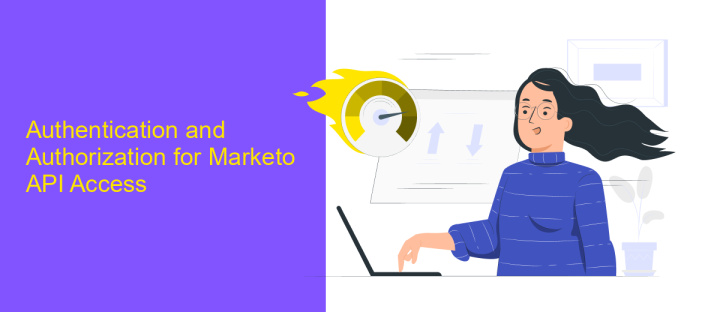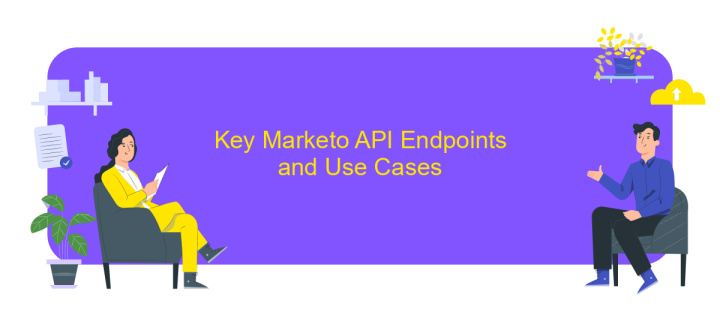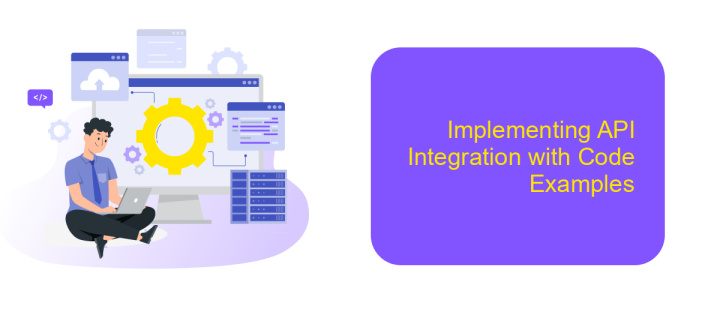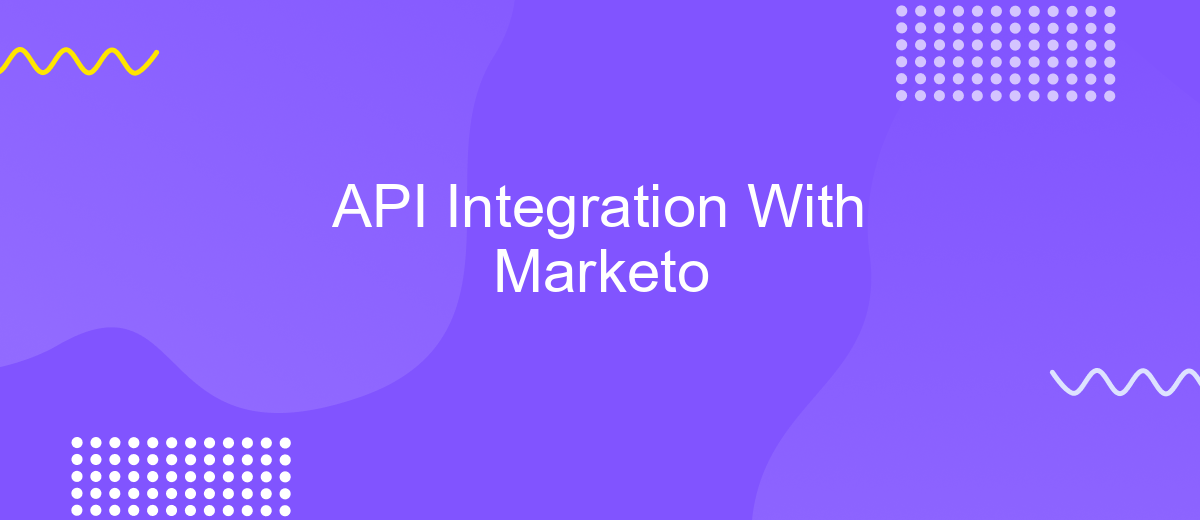API Integration With Marketo
In today's digital landscape, seamless integration between marketing platforms is crucial for optimizing business operations. Marketo, a leading marketing automation platform, offers robust API capabilities that empower businesses to streamline their marketing efforts. This article delves into the essentials of API integration with Marketo, exploring how it can enhance data management, improve campaign efficiency, and provide valuable insights to drive better marketing outcomes.
Understanding Marketo's API and its Capabilities
Marketo's API is a powerful tool that allows developers to integrate and interact with Marketo's marketing automation platform. It offers a wide range of capabilities that enable businesses to manage and optimize their marketing efforts more effectively. By leveraging Marketo's API, users can automate tasks, retrieve data, and enhance their marketing strategies with greater precision and efficiency.
- Data Retrieval: Access detailed information about leads, campaigns, and activities.
- Lead Management: Create, update, and manage leads and their associated data.
- Campaign Management: Automate and control marketing campaigns and workflows.
- Custom Objects: Extend Marketo's functionality by creating custom data structures.
- Asset Management: Manage and manipulate marketing assets such as emails and landing pages.
Understanding the capabilities of Marketo's API is crucial for maximizing its potential. With its extensive features, businesses can streamline processes, enhance customer engagement, and drive better marketing outcomes. Whether you're looking to automate repetitive tasks or gain deeper insights into your marketing data, Marketo's API provides the flexibility and power needed to achieve your goals.
Authentication and Authorization for Marketo API Access

To access the Marketo API, proper authentication and authorization are essential. Marketo employs OAuth 2.0, a robust protocol that ensures secure access to its API. Initially, you'll need to register your application within the Marketo Admin panel to obtain the Client ID and Client Secret. These credentials are crucial for generating an access token, which is required for API requests. The access token is temporarily valid, so it’s important to implement a mechanism that refreshes it periodically to maintain seamless integration.
For businesses seeking to streamline their integration processes, tools like ApiX-Drive offer significant advantages. ApiX-Drive simplifies the authentication setup, allowing you to connect Marketo with various applications without extensive coding knowledge. This service handles the complexities of API integration, ensuring that your Marketo data is securely accessed and managed. By leveraging such tools, you can focus on enhancing your marketing strategies while ensuring that your API connections are both secure and efficient.
Key Marketo API Endpoints and Use Cases

Marketo's API provides a robust framework for integrating marketing operations with external systems, enabling seamless data exchange and automation. Understanding the key API endpoints is crucial for leveraging Marketo's capabilities effectively. These endpoints facilitate various operations, from lead management to campaign execution.
- Leads API: This endpoint allows you to create, update, and retrieve lead records. It's essential for maintaining accurate and up-to-date customer data, enabling personalized marketing efforts.
- Campaigns API: Use this endpoint to trigger and manage marketing campaigns. It supports automation of campaign workflows, ensuring timely and relevant customer engagement.
- Activities API: This endpoint provides access to lead activity data, such as email opens and clicks. It's vital for tracking customer interactions and measuring campaign effectiveness.
- Assets API: Manage marketing assets like emails, landing pages, and forms. This endpoint is key for content management and ensuring consistent branding across campaigns.
By utilizing these endpoints, businesses can enhance their marketing strategies through efficient data management and automation. Each endpoint serves specific use cases, enabling tailored marketing solutions that drive engagement and conversion.
Implementing API Integration with Code Examples

Integrating with Marketo's API allows for seamless data flow between your application and the Marketo platform. To begin, ensure you have access to the Marketo REST API, which requires obtaining client credentials from the Marketo Admin panel. This step is crucial for authentication and authorization processes.
Once you have your credentials, you can start coding the integration. Use a programming language that suits your application's environment, such as Python, Java, or JavaScript. The API provides endpoints for various functions like creating leads, updating campaigns, and retrieving activity data.
- Set up your development environment with necessary libraries (e.g., requests for Python).
- Authenticate using the client ID and client secret to obtain an access token.
- Make API calls to desired endpoints, handling responses and errors appropriately.
By following these steps, you can effectively implement Marketo API integration, enhancing your application's capabilities. Remember to handle API rate limits and secure your integration by storing credentials safely. Testing thoroughly in a sandbox environment before going live is also recommended to ensure smooth operation.


Best Practices and Troubleshooting for Marketo API Integration
When integrating with Marketo's API, it's essential to prioritize best practices to ensure a seamless and efficient connection. First, always use the latest version of the API to take advantage of new features and security improvements. Implementing proper authentication methods, such as OAuth 2.0, is crucial for maintaining secure data exchanges. Additionally, consider using a middleware solution like ApiX-Drive to simplify the integration process. This platform can help automate data transfers between Marketo and other systems, reducing manual effort and minimizing errors.
Troubleshooting common issues in Marketo API integration often involves checking for authentication errors, rate limits, and data format mismatches. Ensure that your API calls are within the allowed rate limits to prevent disruptions. If you encounter data format issues, verify that your requests comply with Marketo's expected input structure. Utilizing logging and monitoring tools can help identify and resolve issues swiftly. By following these best practices and leveraging tools like ApiX-Drive, you can enhance the reliability and performance of your Marketo API integrations.
FAQ
What is Marketo API integration?
How can I authenticate with Marketo API?
What are some common use cases for Marketo API integration?
How can I simplify the process of integrating Marketo with other applications?
What should I consider when troubleshooting Marketo API integration issues?
Apix-Drive will help optimize business processes, save you from a lot of routine tasks and unnecessary costs for automation, attracting additional specialists. Try setting up a free test connection with ApiX-Drive and see for yourself. Now you have to think about where to invest the freed time and money!

